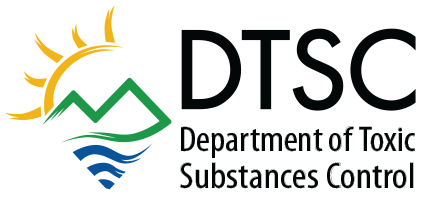Consolidated Universal Waste Regulations and Authorized Treatment of Electronic Hazardous Waste
DTSC Reference Number: R-2006-02
OAL Reference Number: Z-2008-0616-03
OAL Approval Date: 02/04/09
Secretary of State Filing Date: 02/04/09
Effective Date: 02/04/09
Universal wastes are hazardous wastes that are generated by a wide variety of people. Examples include TVs, cell phones, computers, computer monitors, batteries and fluorescent tubes. Universal waste rules allow common, low-hazard wastes to be managed under less stringent requirements than other hazardous wastes. California adopted its first set of universal waste regulations in 2002. Since that time, several other common wastes have been added to the list of universal wastes. These include mercury containing wastes, electronic devices, and cathode ray tubes (CRTs, or TV picture tubes). The latest set of regulations consolidated the universal waste regulations and adopted standards for the treatment of electronic hazardous wastes. The current regulations became effective February 4, 2009.
Documents
- Final Text of Regulations
- Final Statement of Reasons
- 15-Day Public Notice and Comment Period: Response to Comments
- 45-Day Public Notice and Comment Period: Response to Comments
Regulatory Background
- 15-Day Public Notice and Comment Period
- 15-Day Proposed Text of Regulations
- 45-Day Public Notice and Comment Period
- 45-Day Proposed Text of Regulations
- Initial Statement of Reasons
- Notice of Exemption
- Addition of Portable DVD Players to Appendix X
- Restrictions on the Use of Heavy Metals in Covered Electronic Devices
- Emergency Regulations: Authorized Treatment of Electronic Hazardous Wastes

